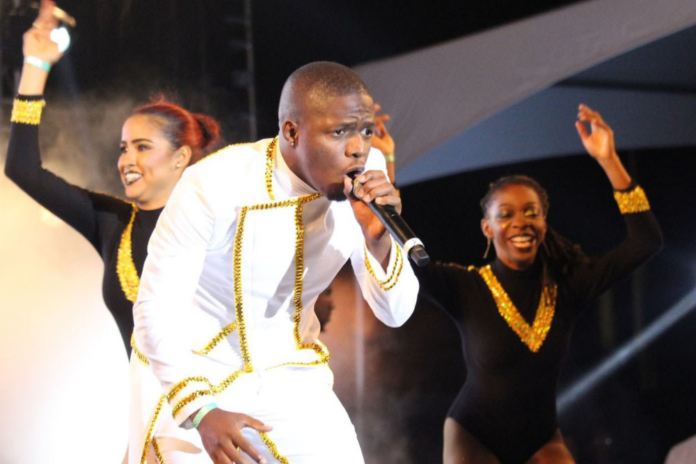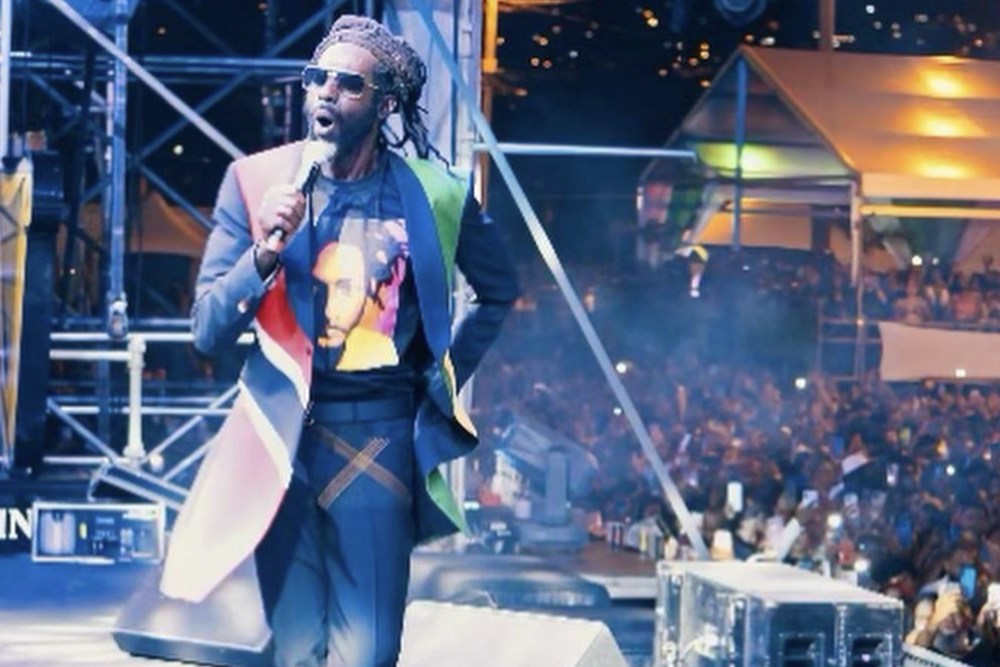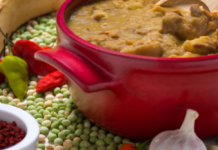Calypso has played a very important role in the processes of confrontation, revolution, and revival in the Caribbean, as well as the invention and establishment of the Caribbean identity and heritage. Overtime, women have risen from obscurity to become strong pillars in the development and internationalisation of calypso music, allowing for greater diversity and a more holistic view of Caribbean society.
Let us consider the fluidity of calypso and the effect time has had on this genre.
In the 19th century, American poet Henry Wadsworth Longfellow referred to music as “the universal language of mankind.” Indeed, music is one of the purest forms of human expression. It reaches deep within the soul and brings out similar emotional and physiological responses in people all over the world, regardless of apparent barriers such as nationality, culture, and ethnicity. In Trinidad and Tobago, chippin’ (dancing) around the Queen’s Park Savannah on Carnival Monday and Tuesday, you will see a kaleidoscope of races as people from a multitude of countries are taken away by the rhythms of calypso and soca music. If you find yourself in a “fete” (party) in the Caribbean, you will be surrounded by a multitude of people dancing and enjoying themselves even if they do not understand the meaning of the songs. A perfect example of this is perhaps the explosive success of Caribbean music, particularly Soca and Dancehall music in Japan.
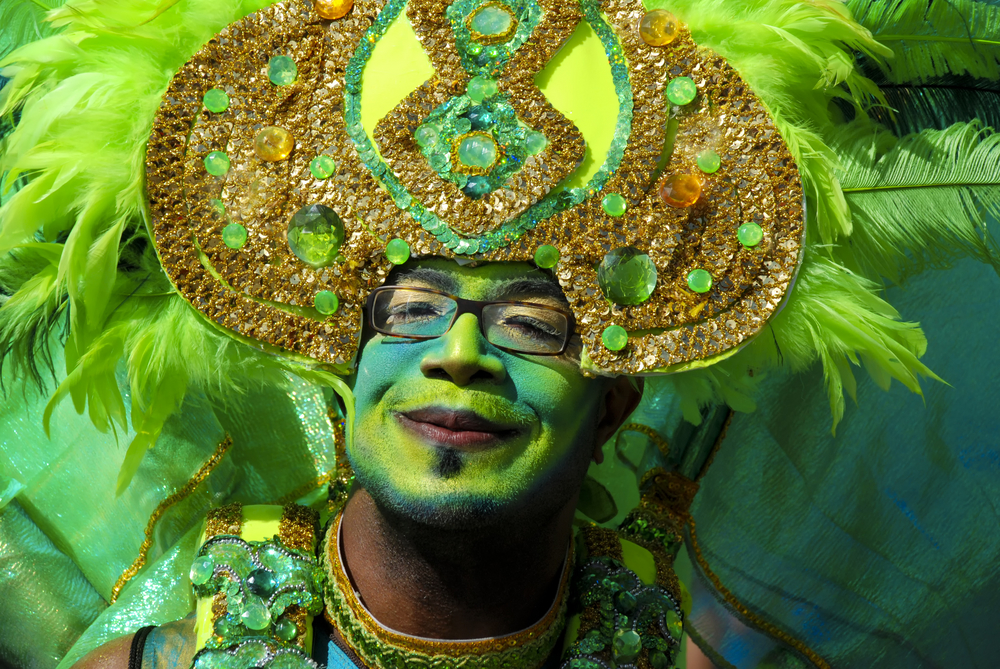
Evolution of Calypso
Music is highly dynamic, transforming over time as people change and inject their current social and life situations into it. Calypso has not escaped this progression.
Soca is fairly young. It emerged in the 1970s and is most popularly accredited to the calypsonian Ras Shorty-I (Garfield Blackman), who started fusing the calypso beat with East Indian rhythms. He incorporated instruments such as the tabla, dhantal, and the dholak, making a blend of the two predominant ethnicities in Trinidad and Tobago (T&T) – African and East Indian. The journey to the core of calypso will teach the wanderer about the history and the struggle of our ancestors, but at the heart of soca you will find freedom. You will be moved by the infectious, pulsating beats and visions of happy people dancing and singing jubilantly. The key dictum: no restrictions.
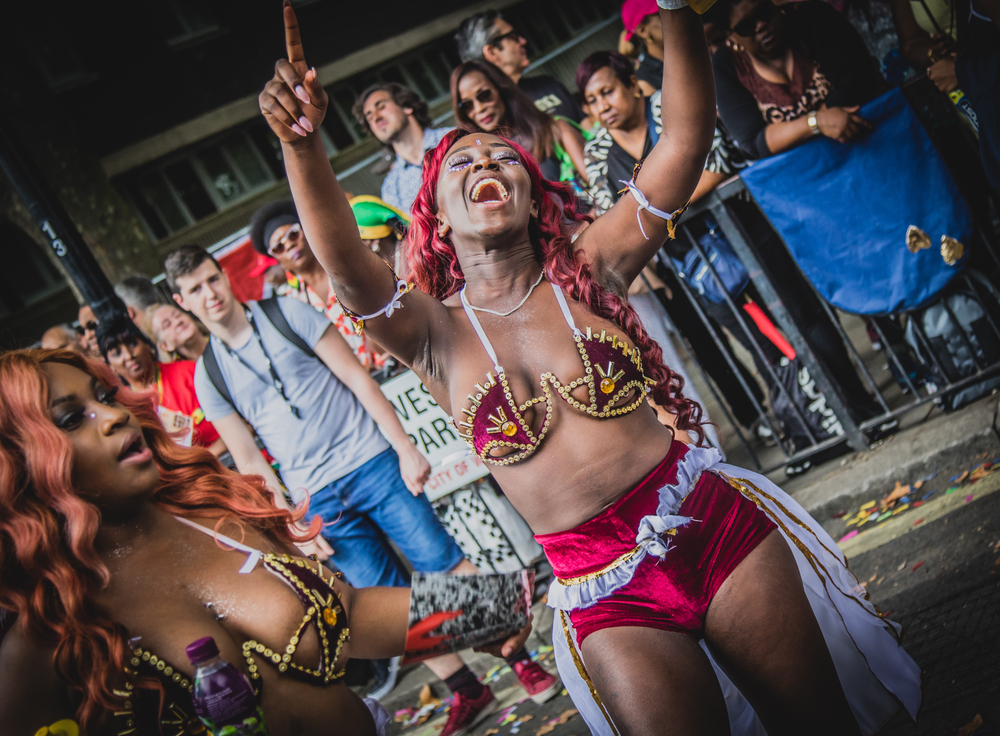
Although there are some who question which Caribbean island truly deserves the title of birthplace of calypso, there is no protest over T&T’s claim on Soca. It was in this melting pot that musical pioneers moulded this vibrant sub-genre. Soca’s beginnings include Indrani (by Ras Shorty-I), Free Up (by Chris ‘Tambu’ Herbert) and Soca on the Street (by Boy Blue, later Super Blue). Overtime, soca spawned its own sub-groups – chutney soca (such as Ravi B’s Dulahin), ragga soca, power soca, gospel soca, and groovy soca – to name the most popular variations. Just like the Caribbean society, in soca music there is something for everyone. As Super Blue sings in Soca on the Street, “There is music and sunshine for all, the young and the old, the rich and the poor.”
Caribbean Calypso
Each Caribbean country has played an important role in popularising soca internationally. In 1983, Montserrat singer Arrow released a soca classic Hot, Hot, Hot. Other timeless recordings include – Sugar Bum Bum – Lord Kitchener (1978, T&T), Soca Baptist – Super Blue (1980, T&T), Mih Lover – Lord Nelson (1983, T&T), Tiny Winey – Byron Lee & The Dragonaires (1985, Jamaica), Nani Wine – Crazy (1989, T&T), Teaser – Becket (1990, St. Vincent and the Grenadines), Dollar Wine – Collin Lucas (1991, T&T), and Jump – Rupee (2000, Barbados).
Today, the soca industry is massive. Having survived the arguments put forward by staunch traditionalists that the lyrics are not socially conscious, soca music has taken over the Carnival scene. It is currently infused with elements of Electronic Dance Music and Latin American flavours musical styles. The new generation of singers are plentiful and come from all across the Caribbean.
Some of the most famous artistes include stalwarts like: Machel Montano, Destra Garcia, Kes Dieffenthaller, Patrice Roberts, Bunji Garlin, Claudette Peters, Alison Hinds, Edwin Yearwood, Rupee, Peter Ram.
From the Crop Over Festival in Barbados, Vincy Mas in St. Vincent and the Grenadines, Spice Mas in Grenada, Antiguan Carnival, and T&T Carnival, soca rules the roads and makes the crowds move.
Some argue that this is a sign that calypso is a dying art form. Whether or not this is true, the growth of soca can also be seen as the growth of calypso. Soca is a form of calypso and both deserve to be invested in as the Caribbean progresses and shares its culture with the world. With technological advances, the music is now more accessible to a larger audience. Just as non-nationals fall in love with soca, people are falling in love with calypso of days gone-by all over again. Calypso birthed what is now one of the most popular genres of music in the Caribbean. It goes hand-in-hand with modern Carnival. After all, evolution and change is the nature of music.
This article was originally published on Words in the Bucket.


